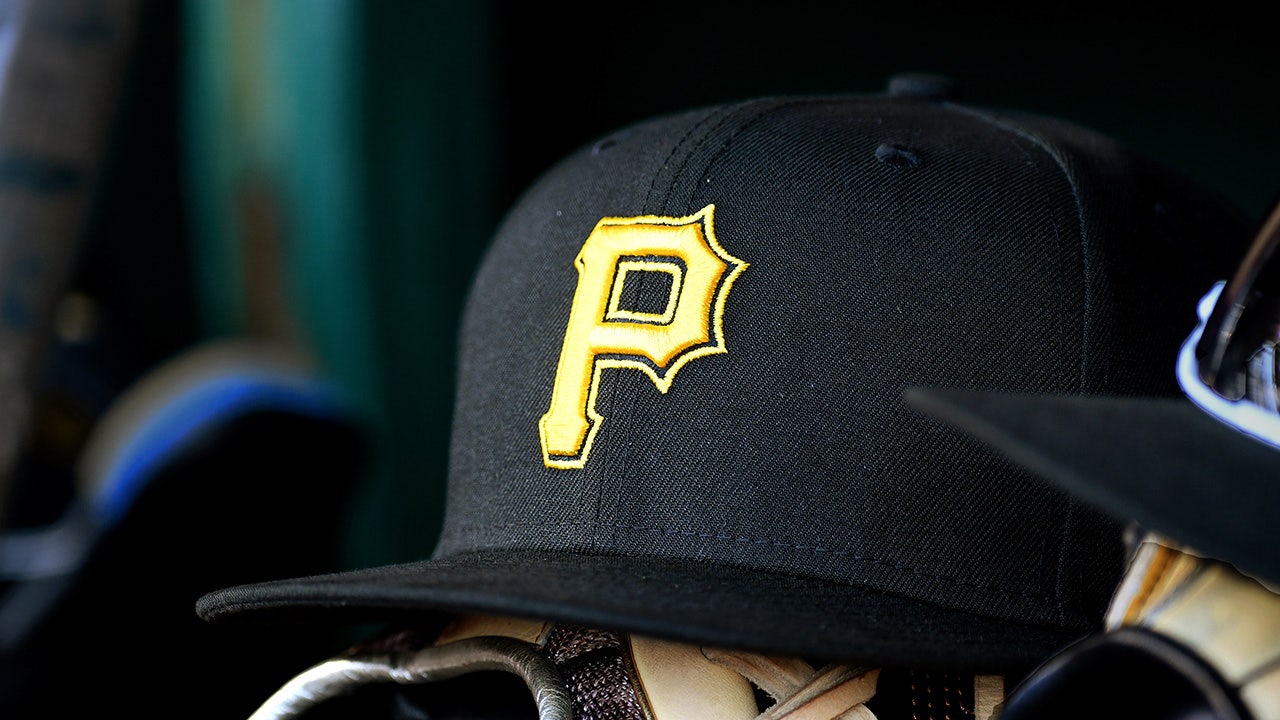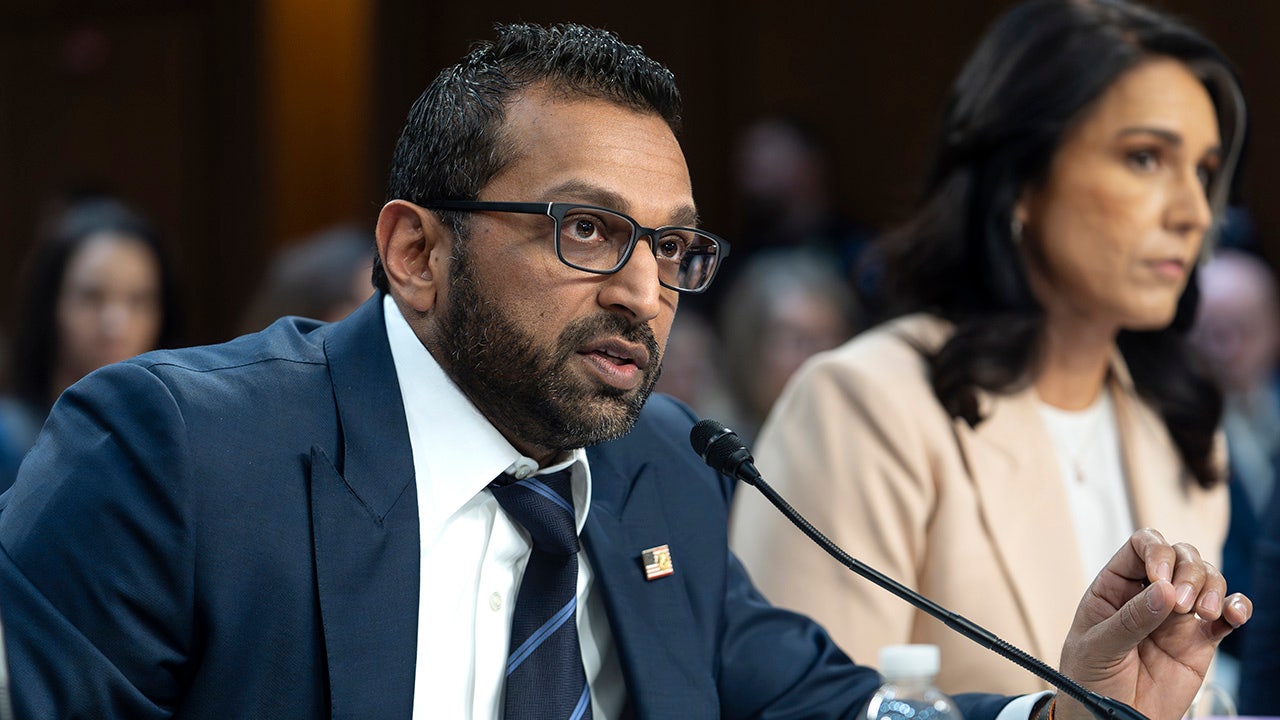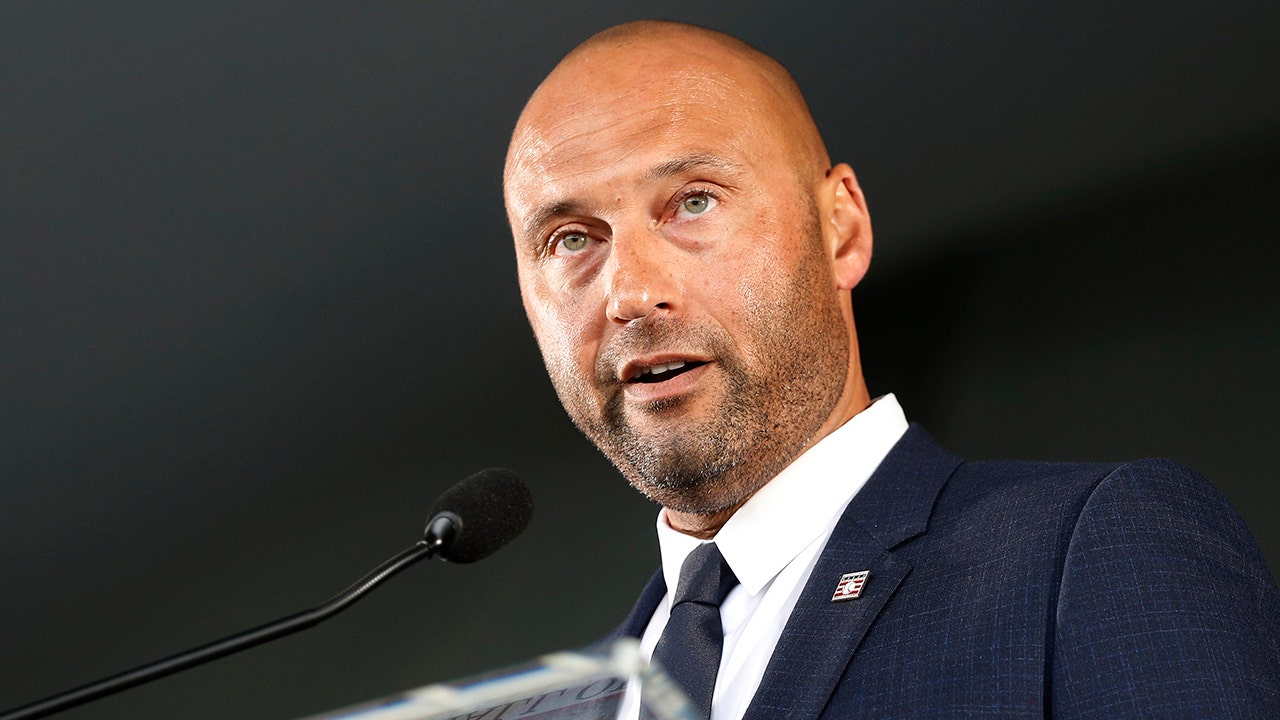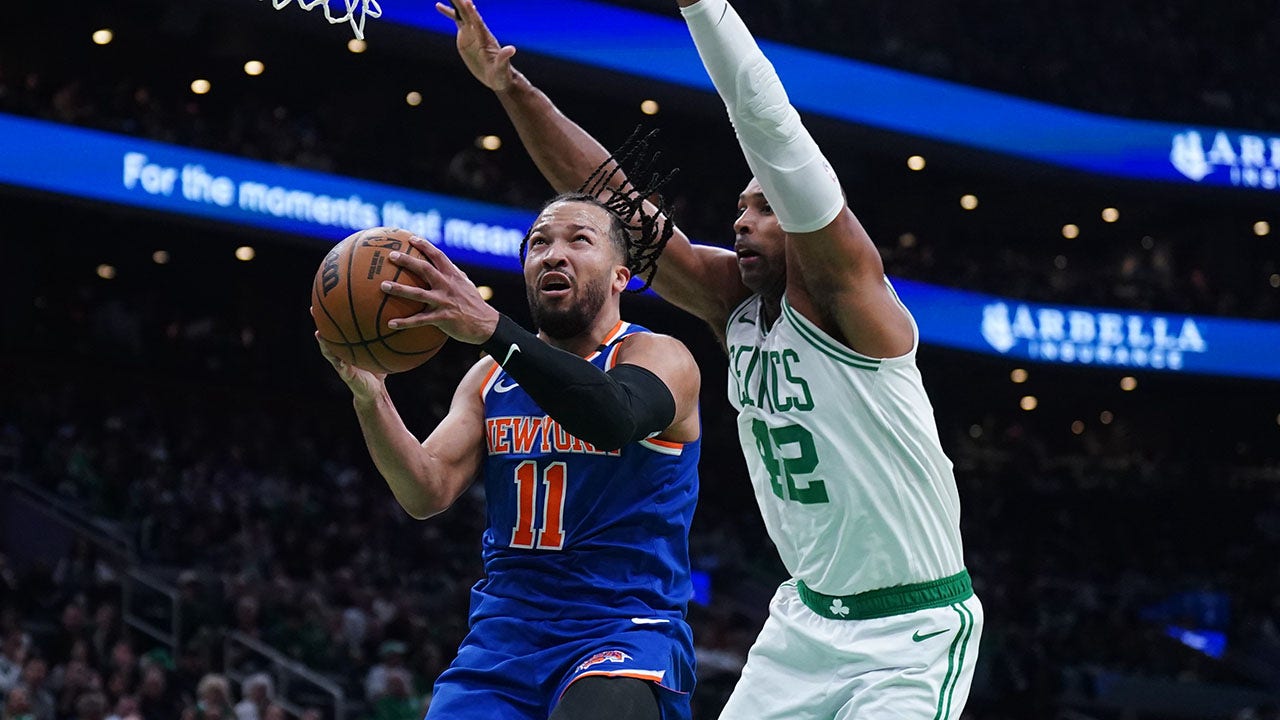"Volume growth in the luxury segment has been in the range of 30 odd percent in terms of CAGR over the last three years. This could accelerate towards 40% plus given this price correction that we will see," says Karan Taurani, Sr VP, Elara Securities.
First of the latest that we understand is the recent UK FTA deal. Give us some sense there that how this can actually give a push to the Indian industry and the Indian players. What implications could it have on the prices?
Karan Taurani: In terms of UK FTA, this is going to have a positive impact in terms of volume growth for the luxury segment. There could be an MRP correction of anywhere between 15% to 20% as far as entry level scotch and high-end scotch is concerned.
Volume growth in the luxury segment has been in the range of 30 odd percent in terms of CAGR over the last three years. This could accelerate towards 40% plus given this price correction that we will see.
Indian brands could see a negative impact of this. If you talk about the Indian luxury brands, if you talk about the upper prestige segment which are there, this could be a dampener for those Indian brands, so they might have to kind of undercut in terms of pricing or get pricing on par with these scotch companies.
Market, in terms of market size of scotch, scotch is a very small market, only about six million cases versus the 300 million IMFL cases that we have in terms of whiskey for India. So, it is a very small market. Growth rates obviously have been very good and healthy, but because of UK FTA you could see further acceleration as far as growth is concerned.
The whole curve or the whole process would take a couple of years. It is not going to happen tomorrow when I said implementation of duty. So, what would be the timeline and have the stocks run up in anticipation of implementation or they have not run up?
Karan Taurani: If you look at the stocks, they have largely run up. If you look at something like United Spirits, it has moved up by 14% to 15% over the last two months. This was an anticipation of UK FTA largely because they will be the biggest beneficiary.
You could see acceleration in their volume growth from a 5% to 6% CAGR right now, towards the 8% to 9% kind of CAGR because of UK FTA. So, stock valuations have run up. In terms of implementation timelines, we shall await the detailed document in terms of how things are going to pan out.
But yes, anywhere between 12 to 18 months is what this could take. So, we could pencil in that this positive impact on volume growth for companies like United Spirits will come in the second half of FY27.
Alco-beverage or alcobev as we now call them, these stocks have not lived up to their reputation. I mean, if you do a dipstick, you would say alcohol consumption in India is increasing. It is growing at higher than GDP. But frankly, if I keep Radico Khaitan aside and if I look at other alcohol stocks, either stocks have been volatile or growth has been low.
Karan Taurani: Yes, there have been reasons for that. So, in the case of United Spirits and United Breweries both these are large MNC companies. What has happened here is that both these companies are trying to focus on the premiumisation play, which is the luxury portfolio for United Spirits.
In the case of United Breweries, the focus is more in terms of the premium beer, which is again more smaller in terms of market size. So, what has happened for them is that because a large part of their volumes still comes from the regular segment or from the low prestige or the entry-level luxury segment, there the volume growth has not been extremely attractive.
What has also happened is that the competitive intensity from the local players has increased significantly in both the spirits and the beer category. In beer, we have seen entry of many local players going aggressive, like Som Distilleries.
In the case of spirits, we have seen many regional brands coming in. Radico also is doing well in spirits and the whiskey segment. So, the large part of the volumes which these companies generate has not been able to grow in a very big manner, so that has been the concern for these companies and that is why valuations always appear expensive.
And we have not seen any kind of a big upgrade in terms of numbers. As far as profitability is concerned, United Spirits execution has been top-notch. They were at 15% core alcohol ebitda margin which has moved to 17% despite inflationary headwinds.
But in the case of United Breweries, margins has also been a pressure because they continue to invest in the premium beer category and they continue to kind of gain market share over there, so new bottle cost, marketing cost, promotion schemes has led to lower margins for UBL and which is why they have been under more pressure as compared to United Spirits.
In terms of the big trends that are shaping up, I was just reading a report which highlights that the India's new generation is drinking less but drinking better and in terms of Gen Zs versus millennials we are seeing that the millennials are still having that urge to drink. Give us some sense on this front, have you done any reading on this and how are you seeing the trend shaping up and in that also there was a bifurcation between the kind of liquor that they are preferring right now?
Karan Taurani: So, it is very clear, this is not only Indian phenomena, this is a global trend that the consumers who are the young age, in the group of 18 to 35 age group they are obviously drinking less, but they are drinking expensive. They are drinking more quality. This is a trend which is quite visible in UK as well and this is quite visible in terms of the growth rate of the various segments that you see.
So, let us take the example of the whiskey segment. If you start off with the regular segment category wherein the pricing of a bottle is anywhere between Rs 300 to Rs 400 that segment is seeing a flattish growth, a growth of not more than 1% to 2%.
As you keep moving ahead in terms of the pricing, in terms of curve, in terms of premiumisation play, the categories which are priced at 1500, 2,000 kind of price points, the base is obviously small but the growth is very sharp over there. It is more than 20% in terms of volume growth. So, it is a clear premiumisation trend that we are seeing.
Now, this premiumisation trend has not come in the last one to two years. This trend has been there since the last five to seven years. But it has only accelerated in the last three years because of the shift in consumption which we spoke about in terms of youth wanting to prefer quality over quantity.
And the second thing is that even in the earlier past, the luxury segment was growing at 15-20%, but now the growth rates have accelerated but that time there was some respite for the regular segments. The regular segment until about three to five years back was growing anywhere in the range of 3% to 4%.
What we have seen right now is that some categories within the regular segment, rather some brands have even seen a decline in terms of volume. So, this is an alarming sign. This means that the trend towards premiumisation is only accelerating over the last two years because of the consumer habit shifting.
.png)
 German (DE)
German (DE)  English (US)
English (US)  Spanish (ES)
Spanish (ES)  French (FR)
French (FR)  Hindi (IN)
Hindi (IN)  Italian (IT)
Italian (IT)  Russian (RU)
Russian (RU) 








Comments